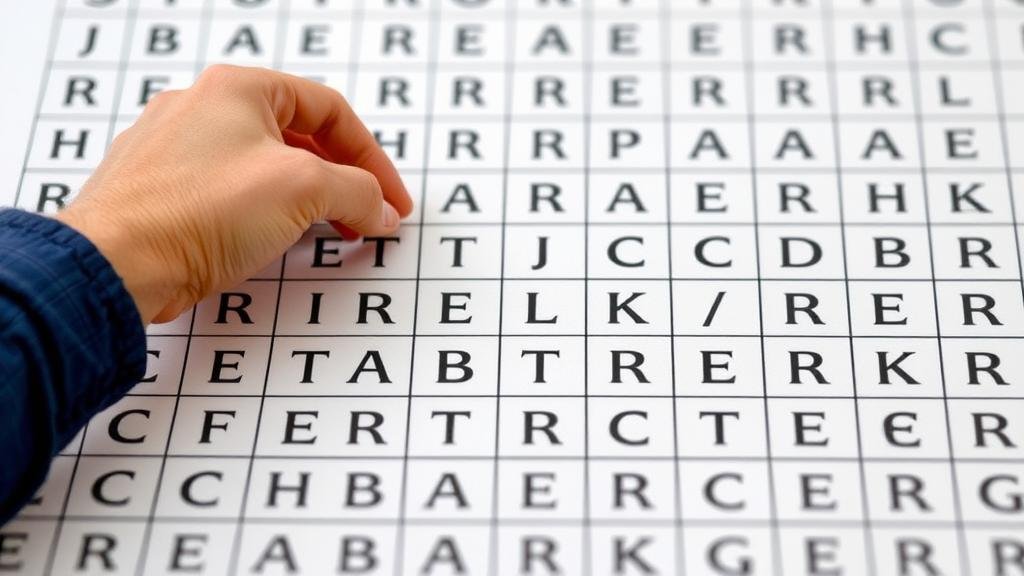Applying Pattern Recognition to Solve Repeating Riddle Structures
Applying Pattern Recognition to Solve Repeating Riddle Structures
The art of solving riddles has intrigued people for generations, transcending cultural and linguistic barriers. Among the many techniques utilized in this cognitive endeavor, pattern recognition emerges as a vital skill. This article explores how pattern recognition can be systematically applied to solve repeating riddle structures by breaking down their components, identifying commonalities, and utilizing contextual analysis.
Understanding Riddles and Their Structures
Riddles often feature unique linguistic formulations that engage the solvers critical thinking and creativity. Generally, riddles can be categorized into two primary structures: narrative riddles and descriptive riddles. Narrative riddles tell a story to lead to the answer, while descriptive riddles provide clues disguised as attributes or characteristics. These structures often rely on wordplay, metaphor, and ambiguity.
Unlike straightforward puzzles, riddles encapsulate an element of deception, which requires solvers to think outside the box. Repeating riddle structures typically include variations of a single thematic element. For example, a classic riddle like What begins with T, ends with T, and has T in it? plays on the recurrent theme of letter manipulation and provides clues through sound–an essential aspect to consider in pattern recognition.
The Role of Pattern Recognition in Riddle Solving
Pattern recognition involves identifying regularities or motifs within a data set or context. When it comes to riddles, this can mean recognizing recurring themes, structures, or linguistic patterns. By honing in on these characteristics, one can develop strategies for decoding riddles more effectively.
For example, a solver might notice that many riddles rely heavily on phonetic similarity or homonyms. This realization can lead to identifying solutions faster by testing phrases that fit the established pattern. Consider the riddle: “I speak without a mouth and hear without ears. I have no body, but I come alive with wind. What am I?†The solution, an echo, can be conjectured by recognizing that riddles often anthropomorphize objects in unexpected ways.
Case Studies in Pattern Recognition
Historical data on riddles illustrates how pattern recognition can lead to the successful deciphering of complex riddles. One well-documented example is the ancient riddle from the Sphinx: “What walks on four legs in the morning, two legs at noon, and three legs in the evening?†Analyzing this riddle reveals a pattern of temporal transformation, mirroring the stages of human life from crawling (infancy) to walking (adulthood) and the use of a cane (old age).
Another pertinent example is found in modern escape room challenges, which often feature repeating structures within their riddles. A common pattern might involve a series of numerical clues leading to a combination lock. By recognizing that certain numerical sequences recur across different rooms or levels, participants can leverage inferred solutions based on the established patterns, improving their efficiency in problem-solving.
Practical Applications and Strategies
Applying pattern recognition in riddles requires a systematic approach, which can be fine-tuned through practice. Here are some actionable strategies:
- Categorization: Classify riddles by their core themes and structures to better understand common elements.
- Wordplay Awareness: Stay alert to linguistic tricks or double meanings, as they form the crux of many riddles.
- Historical Context: Familiarize yourself with classic riddles to recognize stylized patterns that often repeat in new forms.
- Collaborative Solving: Engage with others to pool insights and approaches, often revealing patterns you might overlook alone.
Conclusion
Pattern recognition serves as a powerful tool in the realm of riddle-solving, transforming a potentially frustrating experience into a gratifying exploration of language and logic. By systematically analyzing the structures and underlying themes present in riddles, individuals can enhance their problem-solving skills and uncover solutions that would otherwise remain elusive. Engaging with riddles through the lens of pattern recognition not only sharpens cognitive abilities but also fosters a deeper appreciation for the art of linguistic play. This approach can be applied across various fields–be it education, escape rooms, or even daily life decision-making–underlining the universality of pattern recognition as a vital cognitive skill.


